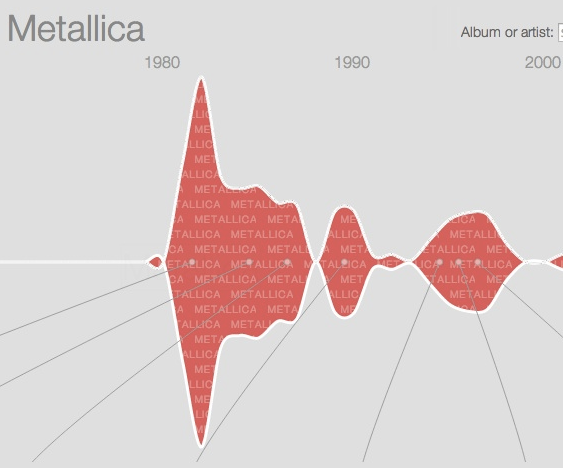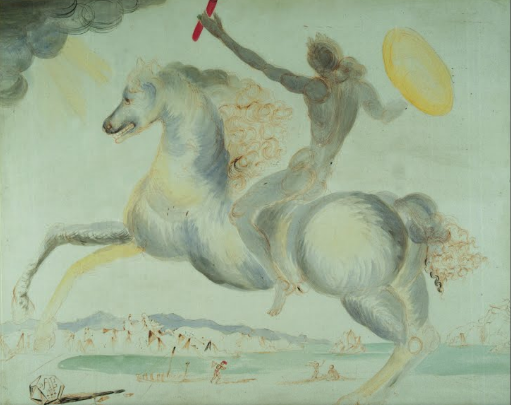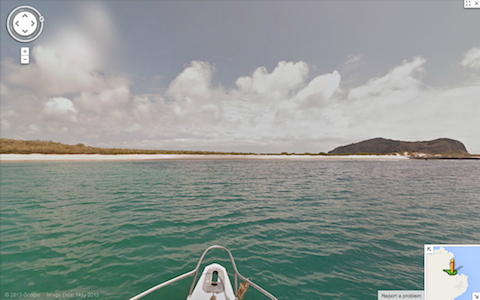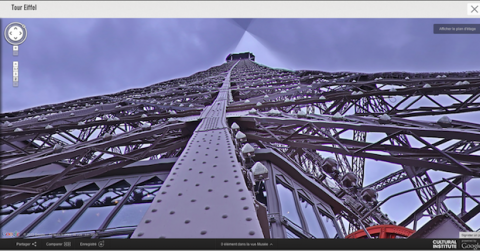In September we told you about trillions of satellite images of Earth, generated by the Landsat, that are now available to the public.
Now we can share an interactive tool that is using some of those Landsat images to stop illegal deforestation.
With help from Google Earth Engine, the World Resources Institute launched Global Forest Watch, an online forest monitoring and alert system that allows individual computer users to watch forests around the world change in an almost real-time stream of imagery.
Whistle blowers are making powerful use of the Global Forest Watch tool. Using spatial data streams available on the site to observe forest changes in southeastern Peru, a number of users submitted alerts about rapidly escalating deforestation near a gold mine and river valley. In another case, observers submitted an alert about illegal logging in the Republic of the Congo.
Five years ago, NASA and the U.S. Geological Survey lifted protocols that kept Landsat images proprietary. Now, agencies like the World Resources Institute—and even tiny citizen watchdog groups around the world—have access to incredibly rich tools and data. Some of the imagery is hard to interpret. Global Forest Watch developed a number of different data layers for users to apply, making it possible to monitor forest areas for trends or illegal logging. The video at the top of this page gives a good overview of how the site works. This one gives more detail about how to use the maps on the Global Forest Watch site.
Select an area of the world and then select a data set that interests you. Choose to look at terrain, satellite, road, tree height, or composite images of a particular region. Data layers can be layered on top of one another to show trends in forest management. In Indonesia, for example, you can use the FORMA alerts button to see what has already been reported in that area of the humid tropics.
How can you tell if forest change is due to illegal logging? Turn on the Forest Use filters to see which areas are authorized for logging and mining and which are protected. In Indonesia, many areas are designated for oil palm production, but expansion of those crops are often associated with loss of natural forest.
Do your own sleuthing. The site is designed to harness data from government and academic scientists, along with observation from individuals (us). There is even information about companies that are growing oil palm trees, so it’s possible that a diligent user could catch an over-aggressive grower stepping over the forest boundary.
Related Content:
Trace Darwin’s Footsteps with Google’s New Virtual Tour of the Galapagos Islands
Reef View: Google Gives Us Stunning Underwater Shots of Great Coral Reefs
Kate Rix writes about digital media and education. Follow her on Twitter.









